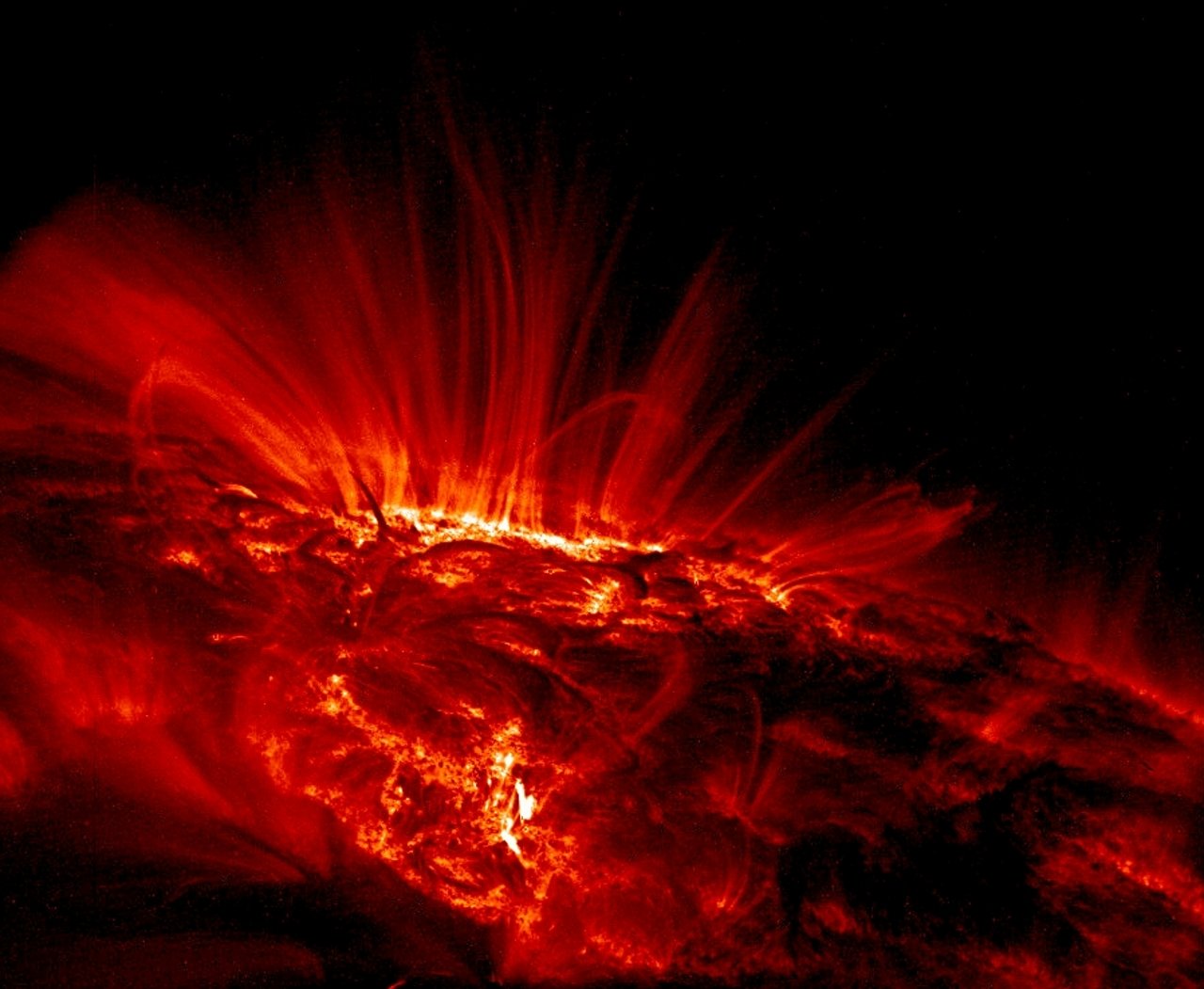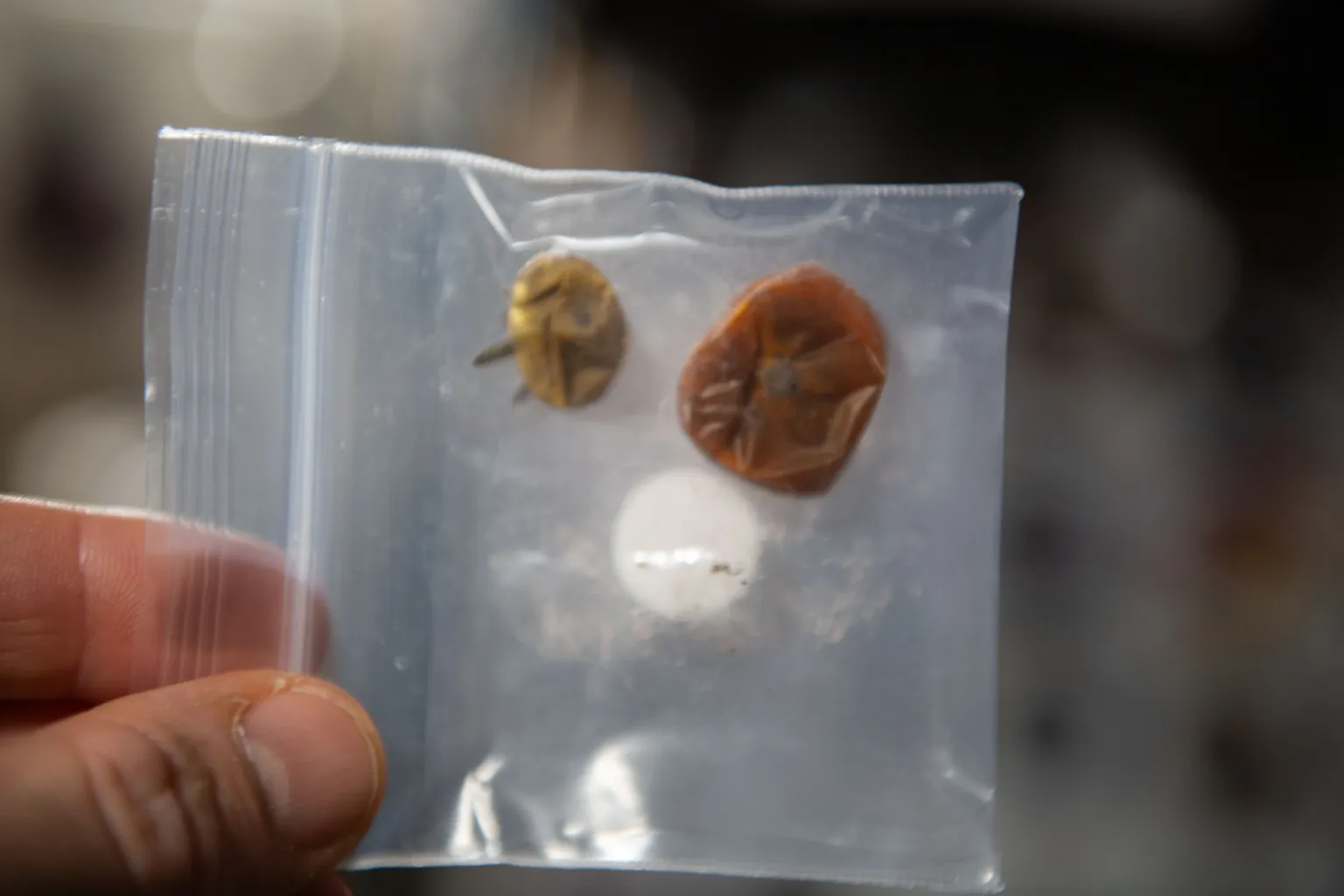SpaceX informed the public that 40 Starlink satellites that the firm launched on Thursday, February 3, 2022, have de-orbited and will re-enter the Earth’s atmosphere in a monitored and safe descent. Only nine satellites of the total 49 survived the storm, which are still orbiting stably 210 kilometers above Earth, and are sending back a “good status” signal.
The reason for this costly incident appears to be a geomagnetic storm that unfolded on Friday, which increased the atmospheric drag by 50% compared to what SpaceX engineers had estimated and configured the deployment systems for.
Although the scientists anticipated the shift in the conditions, there was little they could do besides commanding 40 of the satellites that couldn’t make the grade to enter “safe mode”. This will cause them to lose altitude gradually while SpaceX monitors them and coordinates the salvage operations.
Geomagnetic storms are caused by solar wind particles that were ejected by coronal mass ejection events. When these particles reach the Earth’s atmosphere, they create a disturbance that creates regions of different pressure.

Image Credit: Wikimedia Commons
At lower orbits where the atmosphere is thicker, this difference can be very significant in the generated forces when traveling at very high speeds. As such, the orbital calculations can be way off and changing the speed and angle of attack is impossible from a point onward.
Of course, solar astronomers have ways to predict massive solar storms, but some of them are very spontaneous and manifest quickly. Also, measuring and predicting the intensity is quite hard, so these bursts are not always accounted for. As such, SpaceX took a risk with this launch without knowing it.
The cost of the 40 satellites themselves, while far from negligible, isn’t the main cause of the financial damage here. Instead, this mostly comes from the launch cost, which for Falcon 9 is $62 million, and also the inevitable delays in the program.







